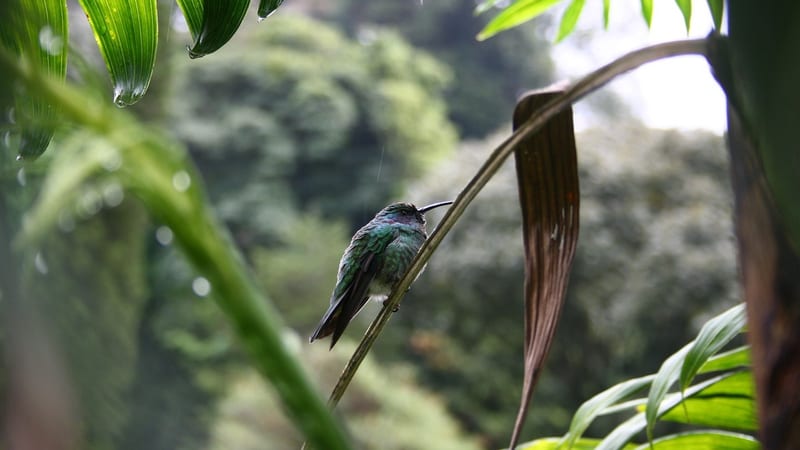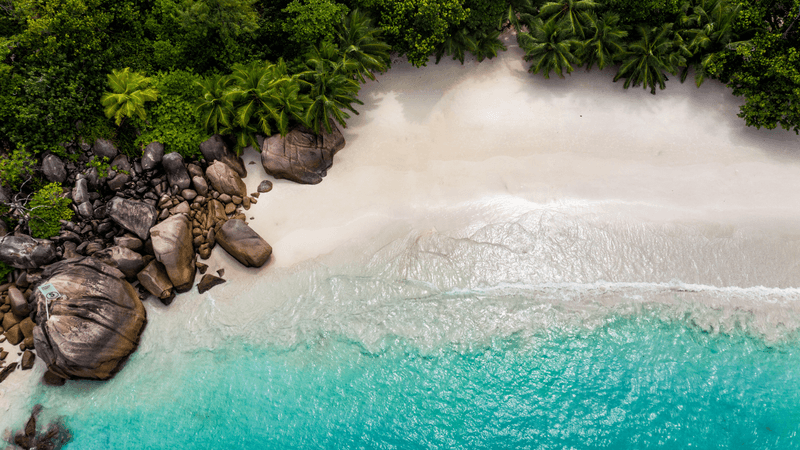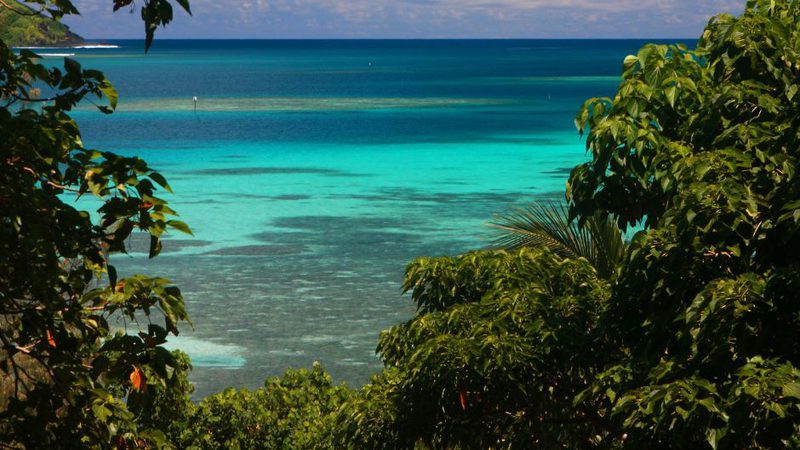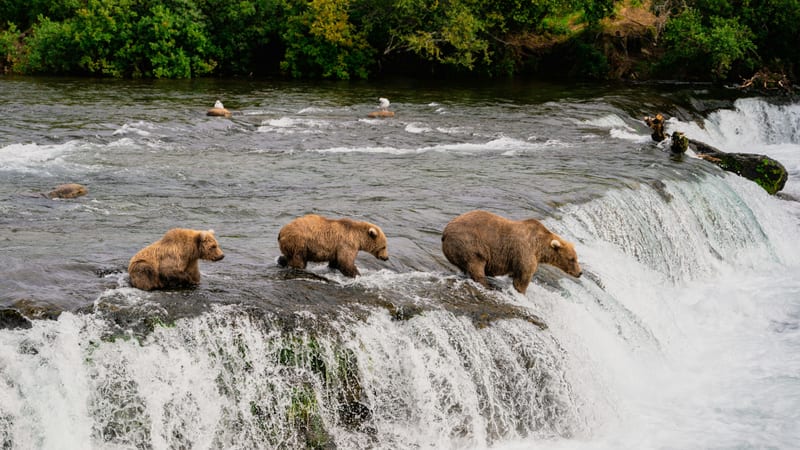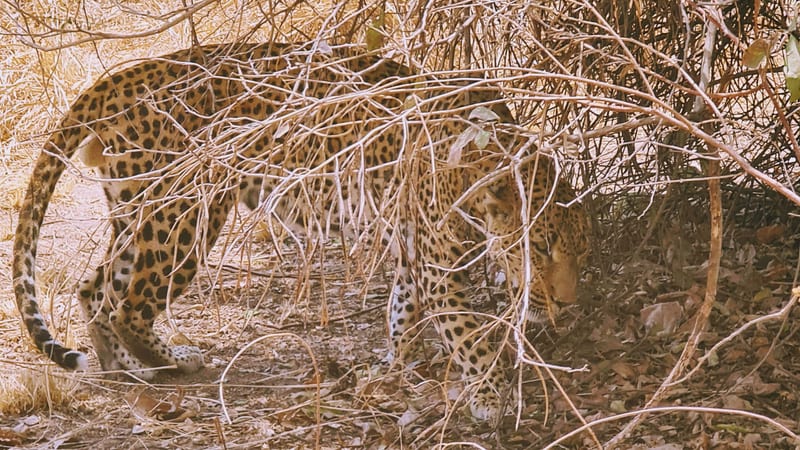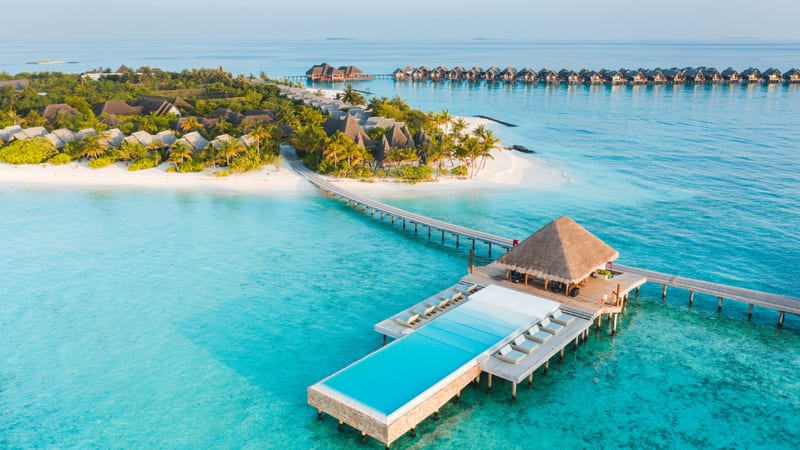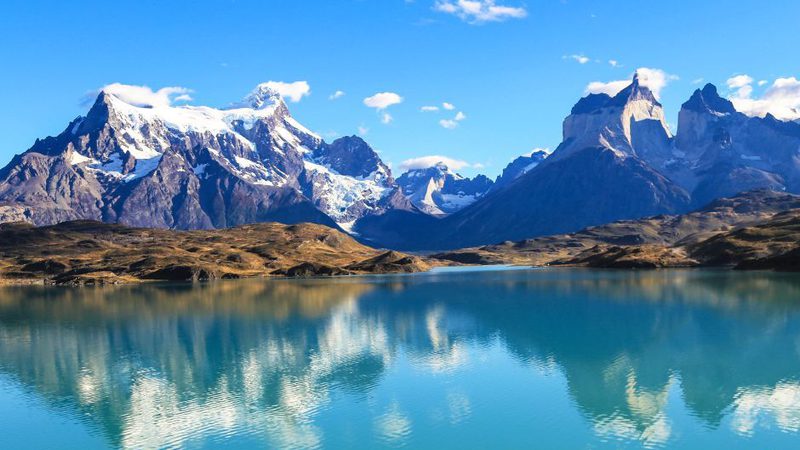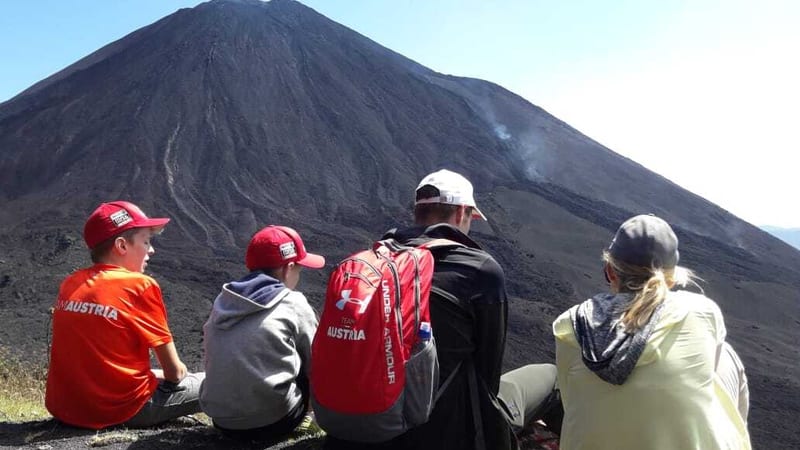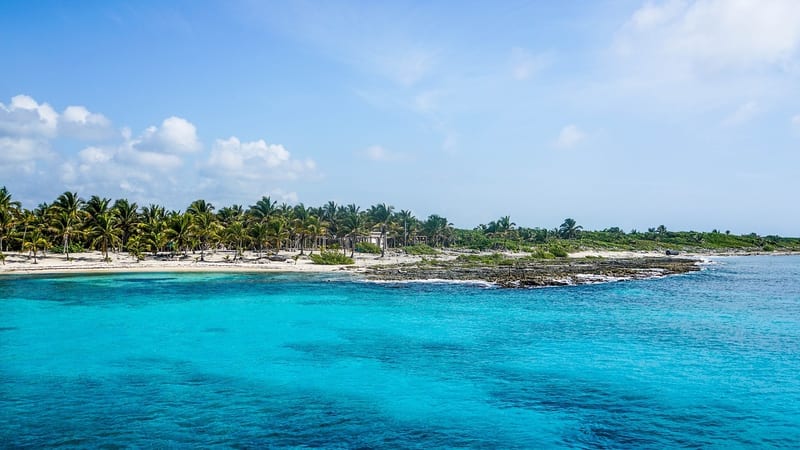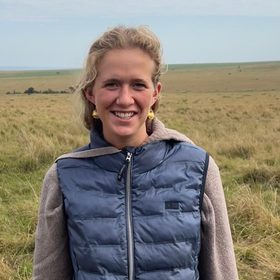Located on the quiter eastern side of the Ngorongoro Crater
Location: Osonjoi Lodge sits on the eastern rim of the Ngorongoro Crater, one of Tanzania's most remarkable wildlife sanctuaries. This quieter side of the rim offers a sense of seclusion and uninterrupted views, as well as faster access to the crater floor via the lesser-used Lemala Gate. The result is a more peaceful start to game drives, with the chance to enjoy the crater’s extraordinary wildlife before the busier routes fill up.
Rooms: The lodge’s suites are spacious, comfortable, and carefully designed to reflect their surroundings. Large picture windows frame views of either the forest or crater rim, while interiors feature natural materials, rich textures, and subtle nods to local culture. Wood-burning stoves keep the highland chill at bay, and each suite has a private deck for quiet moments with nature.
Amenities: Guests can enjoy a heated indoor pool, a rarity in this remote highland location, alongside a tranquil spa offering treatments inspired by local traditions. The main lodge features a welcoming lounge and dining area with fireplaces, perfect for gathering after a day’s exploration. Thoughtful touches, from well-stocked bars to inviting reading corners, make it a place to truly unwind.
Activities: Osonjoi is perfectly placed for early morning crater descents, allowing more time for wildlife sightings when the animals are most active. Guests can also join guided walks in the surrounding highlands, explore nearby forests, or spend time with Maasai communities to learn about their traditions and way of life. Birdwatching is excellent here, with the crater’s unique habitats attracting an extraordinary variety of species.
Sustainability: The lodge operates with a strong commitment to low-impact tourism. Solar power provides much of its energy, while water use and waste management are carefully controlled to protect the environment. Building materials were sourced with minimal impact in mind, and much of the team is employed from local communities, supporting both livelihoods and a deeper cultural connection for guests.
Best places to stay in Ngorongoro
Ngorongoro Trip Inspiration
When to visit Tanzania
Find out the best time to visit Tanzania with our month by month guide.
- Best
- Good
- Mixed
- Jan
- Feb
- Mar
- Apr
- May
- Jun
- Jul
- Aug
- Sep
- Oct
- Nov
- Dec
January
January is mixed when it comes to weather, temperatures rise whilst the chance of rain and humidity increases. It is still a good time to go, as the rates are lower yet the game viewing is still excellent.
- During this time migratory herds are in the Serengeti for calving season, meaning the Ndutu plains are busy.
February
The weather remains hot with a chance of rain in February.
- Meanwhile in the Ndutu Plains the migration is still occurring.
March
March is the calm before the storm, before heavy rains and humidity builds. Visitors can take great advantage of lower rates during the low season.
- Migrating herds start to leave Ndutu, heading West towards Grumeti.
April
April experiences continued periods of heavy rain, we would advise against travel due to the conditions.
May
During may there is periods of heavy rain, we would advise against travel due to the conditions.
June
June heralds the wet season, bringing lush green vegetation which can make spotting game more difficult. It is a particularly great time for birders as parks become populated by migratory birds especially in the South.
- Migration is still in the Grumeti area, heading north.
July
July is the start of peak season, temperatures reach up to 30 degrees and the surrounding land becomes drier and spotting game is becoming easier.
- The migration is in the Northern Serengeti moving towards Kenya.
August
August is peak season, with bush land drying out game spotting becomes much easier. If you want to experience Tanzania game at its best, August is the time to travel.
- The migration still remains in the north.
September
Peak season continues in September, the Northern circuit can be very busy, if you want to avoid crowds it's best to visit the southern parks.
- The end of the migration is still in the north with herds on both side of the Kenyan and Tanzanian borders.
October
Peak season continues into October with good game viewing in the Serengeti and southern parks.
- The migration has now crossed over into Kenya.
November
November is the start of the rainy season, the rains tend to be overnight so it is still a popular time to travel. During this month you can take advantage of low season rates.
- Migration crossing over into the Serengeti can be seen a the Tanzania and Kenya border.
December
Rains continue in December, whilst the temperature and humidity start to build. Venturing out on safari is generally good, with large game still easily spotted.
- Migrating herds in the north travel south back to Ndutu.
Speak to a Tanzania expert today
and start planning your tailor-made holiday

Alistair





